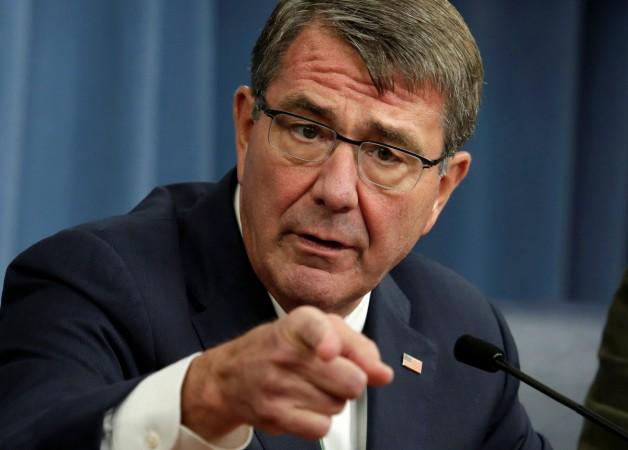
The United States Department of Defense has succeeded in testing its latest super weapon, a swarm of 103 micro-drones. Reports state that the Pentagon may soon unleash these 21st century weapons on its adversaries.
Donald Trump: North Korea's intercontinental missile 'won't happen'
The micro-drone swarms bring a new variation to the autonomous weapons system, which has been achieved by improving Artificial Intelligence.
The development of these small groups of drones has opened up the possibility of these weapons acting together under human direction.
Military strategists have high hopes for these weapons as their production would be cheap and the swarm of micro-weapons collectively could overwhelm an enemy's defences. The United States Navy and the Pentagon's secretive Strategic Capabilities Office demonstrated the autonomous drone technology in flight by using more than 100 unmanned aircraft.
The test of the world's largest micro-drone swarm was conducted over China Lake, in California. Three Boeing F/A-18E/F Super Hornets launched 103 Perdix drones, which demonstrated swarm behaviour including collective decision-making, adaptive formation flying and self-healing, the Pentagon said.
"The micro-drones demonstrated advanced swarm behavior such as collective decision-making, adaptive formation flying and self-healing. Perdix are not pre-programmed synchronised individuals, they are a collective organism, sharing one distributed brain for decision-making and adapting to each other like swarms in nature. Because every Perdix communicates and collaborates with every other Perdix, the swarm has no leader and can gracefully adapt to drones entering or exiting the team," William Roper, director of the Pentagon's Strategic Capabilities Office (SCO) said.
The SCO was created by the US Defence Secretary Ash Carter in 2012 when he was the deputy defence secretary. The department strives to accelerate the integration of technological innovations into the US weapons system.
The new design of weapons was originally created by engineering students from the Massachusetts Institute of Technology in 2013 and were later improved upon. The Pentagon said that the Perdix drones are inspired from the "commercial smartphone industry".















